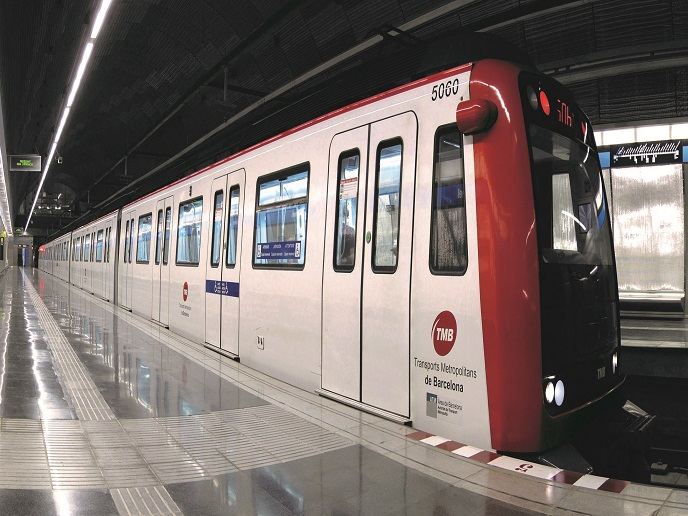Algorithms diagnose train doors’ faults from vibration patterns
European travellers state that punctuality is one of their primary concerns. Yet, 30 % express dissatisfaction with the punctuality and reliability of current rail services. Even minor train delays can cause significant disruption. Although only 5-25 % of train faults affect doors, doors are linked to important safety systems, so such faults often stop trains completely. Thus, door faults cause 30 % of train delays in Europe. Adequate door maintenance would fix the problem. However, it is difficult for engineers to know when maintenance is needed. Engineers usually service trains too frequently, increasing costs unnecessarily, or after a breakdown has occurred, costing even more. The problem is finding the optimal maintenance schedule.
Optimal maintenance
The EU-funded project VA-RCM(opens in new window), an acronym for vibration analysis for remote condition monitoring, developed a solution. The system monitors the condition of train door actuators, using algorithms that analyse the patterns of vibration. “Continuous monitoring means that the VA-RCM system can reduce failures by detecting malfunctions before they become an issue,” says Richard Howes, senior project manager. Timely alerts allow train operators to plan maintenance schedules more efficiently, keeping on top of maintenance as needed while also avoiding delay-causing faults. The system includes a subsystem for acquiring train door vibration data, algorithms for analysing the data and a web-based graphical user interface. Each door in a train carriage has a VA-RCM node that hosts sensors responsible for collecting vibration data. All nodes connect to a local Wi-Fi network, which connects to a broader cellular network. User teams control the system through the graphical interface.
Analysing vibrations
“The system acquires vibration data, using an accelerometer to measure vibrations while the door is in motion,” explains Howes. “An embedded processor analyses the vibration patterns and extracts representative features.” The algorithms compare the door vibration features, expressed mathematically, against the same features obtained from doors known to be in good condition. So, the algorithms can detect whether the vibration patterns deviate from normal. If so, the system recommends a maintenance inspection. The system also collects patterns for a machine learning model, so the pattern analysis improves with time. Researchers tested the system in laboratories, at rail facilities in Spain and the United Kingdom. This included testing in the real environment of Barcelona’s metropolitan trains. Results confirmed that the system is able to detect more than 97 % of common faults that could lead to door malfunction. These include obstacles in door rails, loose bolts and vertical door-leaf misadjustments. The processing algorithms were also shown to run on simple embedded processors, which will keep costs to a minimum. As a result of the successful trials, the VA-RCM system has been certified for European trade. The project team is now looking for customers. Thanks to the innovative VA-RCM system, operators will always know the condition of train doors, and be able to efficiently schedule maintenance as needed. This will improve reliability and lower costs, two things train operators and commuters agree on.







